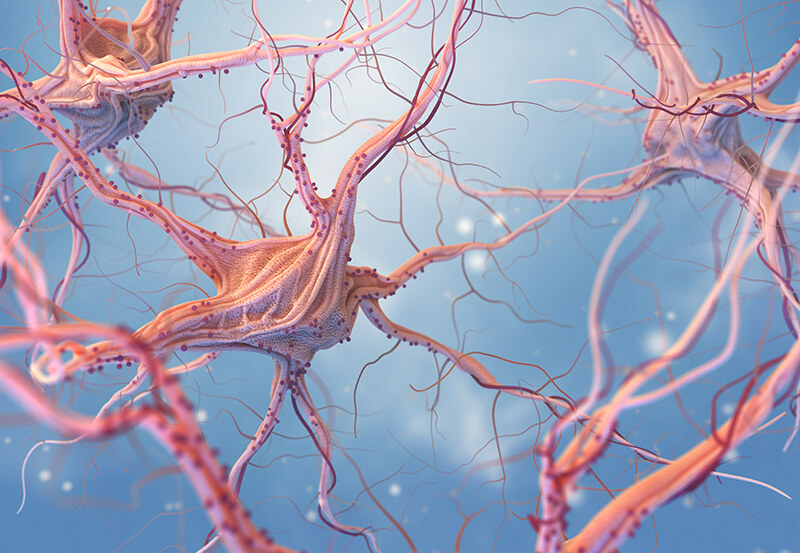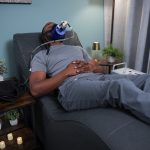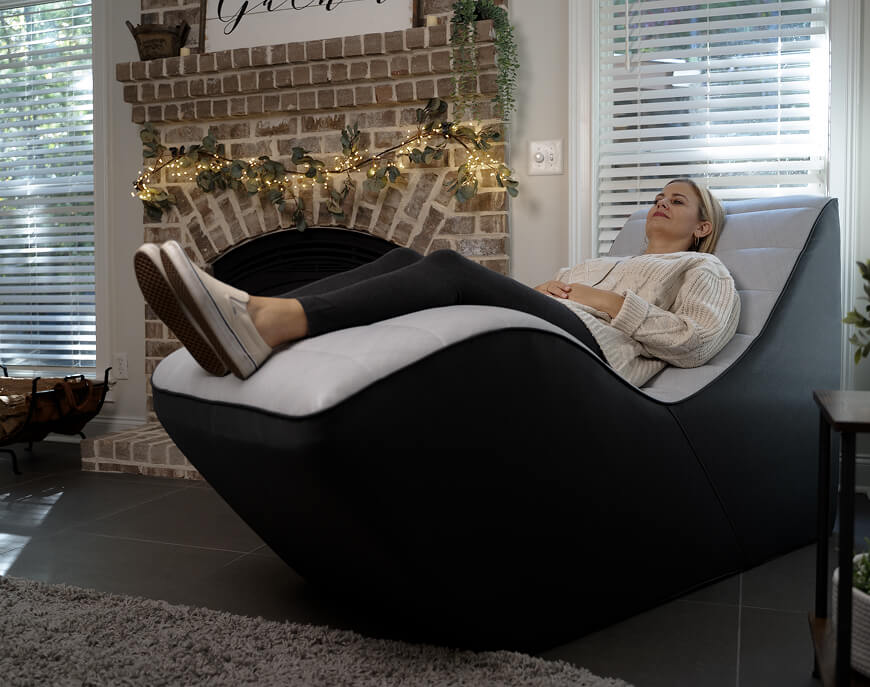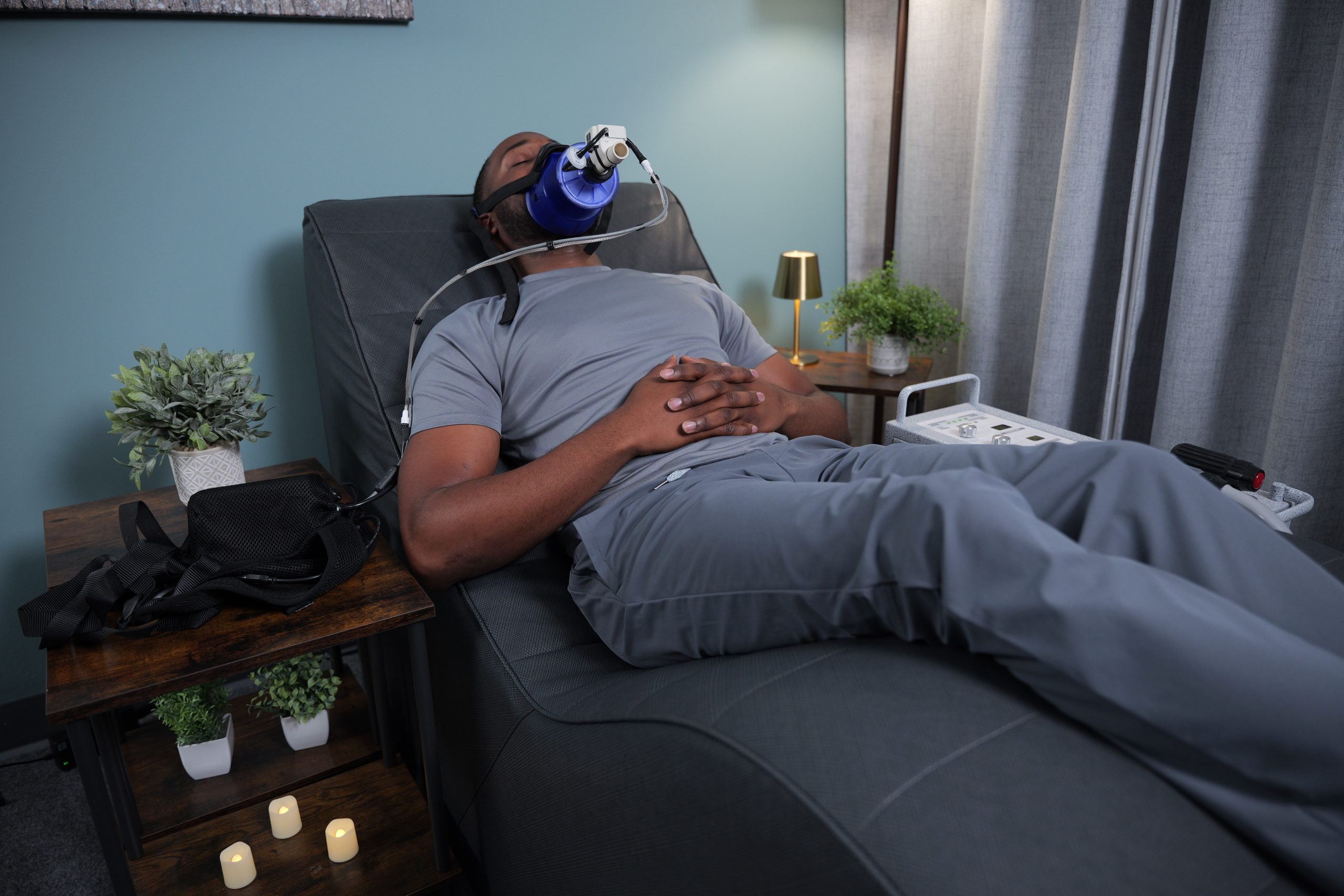Our body is a complex and fascinating automated machine. The vast majority of processes in our body happen without us needing to think about them. You don’t have to tell your heart to beat or concentrate on your lungs for them to draw a full breath. We can thank our Central Nervous System for handling all of these functions.
Sometimes, the Central Nervous System goes out of balance. When it does, there are a variety of things you can do to provide support, including deep breathing and relaxation techniques. A modality called Craniosacral Therapy works to provide benefits to an overtaxed system.

What is the Central Nervous System?
The Central Nervous System (CNS) comprises the spinal cord and all the parts of the brain. It works like a computer to control every bodily function. From your thoughts to your heart rate, the Central Nervous System coordinates all the activity throughout our bodies.
The skull protects the brain, and the cranial bones move in tiny increments. The spinal cord is inside your spinal column and shifts around as the spine moves. Your cerebrospinal fluid surrounds the spinal cord and brain, and helps to protect them from any injury.
When the Central Nervous System is out of balance, many issues can arise. Frequently, this results in the Sympathetic Nervous System being unable to turn off. When this happens, the body becomes stuck in a “fight or flight” state. Many things can cause the CNS to malfunction, like PTSD, a chemical imbalance in the brain, illness, or trauma.

When a person becomes stuck in fight or flight mode, it can cause a wide variety of problems. Panic attacks, severe headaches, increased blood pressure, poor sleep, and worsening of medical conditions are common. It is vital to get the CNS function under control as quickly as possible.
What is Craniosacral Therapy?
Craniosacral Therapy (CST) originated from the research of Dr. John Upledger in the late 1970s and early 1980s. CST uses a set of very gentle touch patterns to examine the craniosacral system. By releasing tension, pressure, and even trauma stored deep in the body, it can rebalance the craniosacral rhythm.
Tiny adjustments to bones of the skull and pelvis can also impact the flow of the Central Nervous System. By making these adjustments, the deep layers of fascia and fluid can move more naturally.
CST can help various issues, including fibromyalgia, migraines, neck pain, cancer side effects, and generalized chronic pain. Depending on the practitioner, they can also assist with mental and emotional trauma release.
Many people can benefit from CST sessions, but certain health conditions may prevent some from doing it. As with any new therapy, please talk to your primary physician to rule out any contraindications.
What Happens During a Craniosacral Therapy Session?
I recently had a CST session with a local provider. While every practitioner may be slightly different, here is what I experienced during my CST appointment.
I was asked to lay fully clothed on a massage table, face up. The practitioner adjusted the table so that my head was slightly elevated. The lights were also set to a calm and comfortable level.
She then used a combination of light touch and light pressure at different parts of my body. She focused heavily on my head, neck, shoulders, and back. She also asked me questions, some rhetorical, in an attempt to get my body to relax. It also seemed that she was looking for how my body would react to different questions and touch sensations.
As she moved around different areas of my body, I could feel each area loosening and the tension easing. At one point, I almost drifted off to sleep.
I went into the session expecting it to be similar to time with a massage therapist. While there are some slight similarities, the experience was very different. If you find that massage therapy is too intense for you, CST may be an option to consider. All of the touch was very light and did not seem to trigger any muscle soreness.

After the session, my mind felt calmer for the rest of the day. In the following few days, I did feel that my emotions were a bit more on the surface than usual. I tried to lay low for several days to give my mind and body a chance to process those feelings.
I also tried to be more aware of releasing the tension I hold in various areas of my body. This mindfulness seems like it will have beneficial effects in the long term.
CST is a gentle modality that may provide some relief from various issues. Each person’s body is truly unique, which means each person’s results will be different. Once you get the ok from your physician, it may be worth giving it a try!












